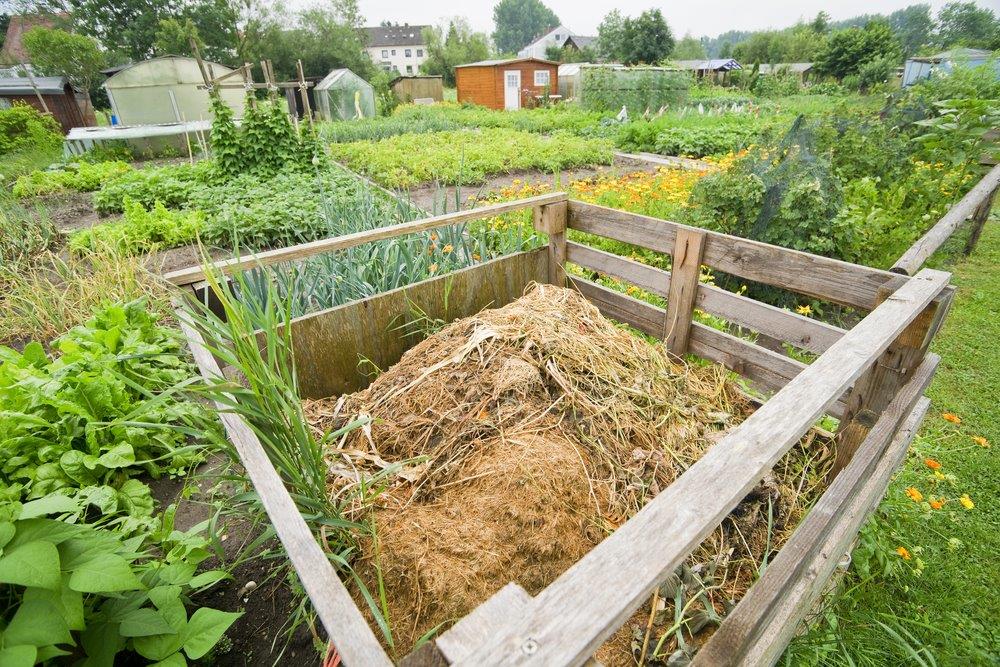 Egg shells, weeds, pet bedding, coffee granules, have you ever wondered if they’re good for anything but your recycling bin? Whether you’re looking to be even more environmentally friendly, or your garden is hankering for some decent fertilizer, composting could be your answer.
Egg shells, weeds, pet bedding, coffee granules, have you ever wondered if they’re good for anything but your recycling bin? Whether you’re looking to be even more environmentally friendly, or your garden is hankering for some decent fertilizer, composting could be your answer.
Here we’ve put together a few tips that’ll be useful if you’re planning to give composting a go, plus a list of products BigGreenSmile sells that that can be added to your home compost.
What is composting? (not everyone knows!)
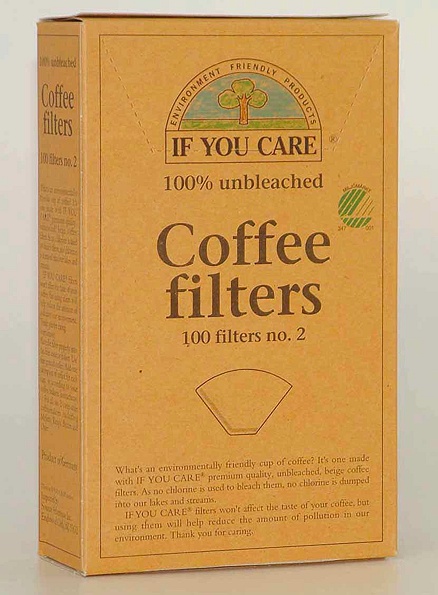 Typically compositing is all about throwing together a combo of natural waste and organic solid wastes which you mix together. This lovely mush will decompose over time to create a crumbly (very useful) fertilizer for your garden.
Typically compositing is all about throwing together a combo of natural waste and organic solid wastes which you mix together. This lovely mush will decompose over time to create a crumbly (very useful) fertilizer for your garden.
When and where can you compost?
The simple answer is anytime, anywhere. It’s not seasonal although you need to make sure wherever you put your compost isn’t bombarded with extremes of temperature or moisture because the micro-organisms that convert your waste to compost enjoy constant conditions. Also keep your compost sheltered from too much rain if you can … it doesn’t like to get too wet (who does?) and excess water can stop the decomposition. If you’re using a bin with a lid though, rain shouldn’t be a problem.
How to make a compost
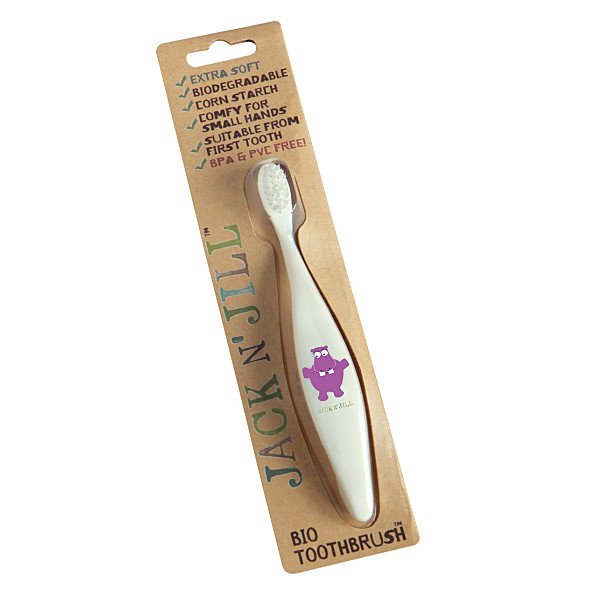 As mentioned above, you can compost in a bin (you can buy one) or create your own heap or pile. Try to ensure there’s earth at the bottom as that will help with drainage. If you’ve no choice but to compost on a hard surface just add a dollop of soil to the bottom.
As mentioned above, you can compost in a bin (you can buy one) or create your own heap or pile. Try to ensure there’s earth at the bottom as that will help with drainage. If you’ve no choice but to compost on a hard surface just add a dollop of soil to the bottom.
Now you’re ready to add your waste. Anything that was once living is great for your compost … as well as things like biodegradable toothbrushes, coffee filters, even washing up luffas. Take a look at these products by clicking on the images on this page. Those who know, recommend you layer your compost with a mixture of 50% ‘greens’ and ‘browns’ and we’ve put together some ideas below:
Go greens!
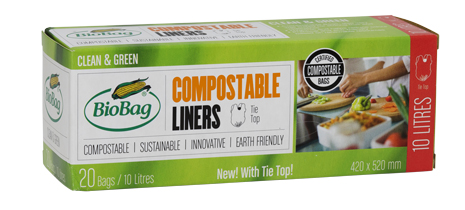 Think leaves, grass, weeds, clippings, selected pet bedding, egg shells, uncooked vegetables as well as fruit scraps and peels – these will basically feed your micro-organisms. Oh, and apparently composts LOVE coffee granules (we can relate to that).
Think leaves, grass, weeds, clippings, selected pet bedding, egg shells, uncooked vegetables as well as fruit scraps and peels – these will basically feed your micro-organisms. Oh, and apparently composts LOVE coffee granules (we can relate to that).
Browns
For brown think – yep you guessed it – woody brown things like paper, straw, woodchip, cardboard (a good use for your BigGreenSmile boxes and packaging), even your plant pruning’s, shredded if you please. Avoid anything that’s been treated with pesticides or herbicides as those could seriously mess with your micro-organisms (and you don’t want to do that).
Click here for products you can buy on BigGreenSmile that can be added to your brown layer when you’ve finished with them.
What not to invite to your compost party
Things that might attract flies – oh, and when you add any food, make sure you cover it with soil or wood shavings or stir it in to the compost – so meat, bread, dairy products, bones, disposable nappies, cat litter … packaging like cans, cling-film, crisp packets, plastic bags, plastic bottles … you get the picture, they’re all compost no-nos.
Taking care of your compost
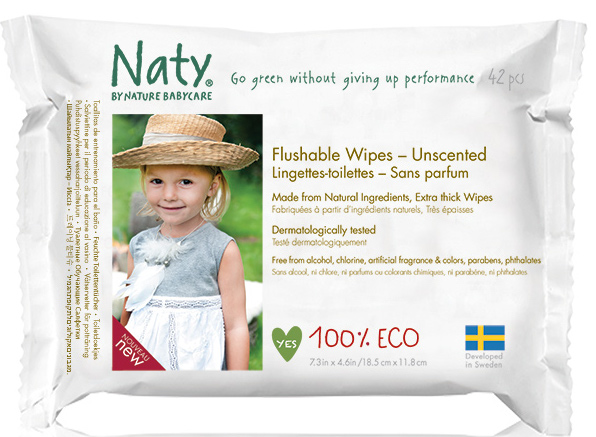 You’ve added your waste – what now? Turn it regularly. Turning your compost heap adds air, and air is a must-have if compositing is going to happen. Ideally, turn it every month … not mixing is the most common reason for poor compost results.
You’ve added your waste – what now? Turn it regularly. Turning your compost heap adds air, and air is a must-have if compositing is going to happen. Ideally, turn it every month … not mixing is the most common reason for poor compost results.
How will you know when it’s ready?
Be patient. A compost typically takes between six months and two years to mature. When it’s cooked, your compost will be dark brown and crumbly, with a soil-like texture. It shouldn’t smell bad either, we’re talking damp woodland (nice). If not all your compost looks and smells like this, don’t worry – you can add it to your next batch.